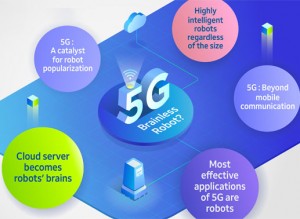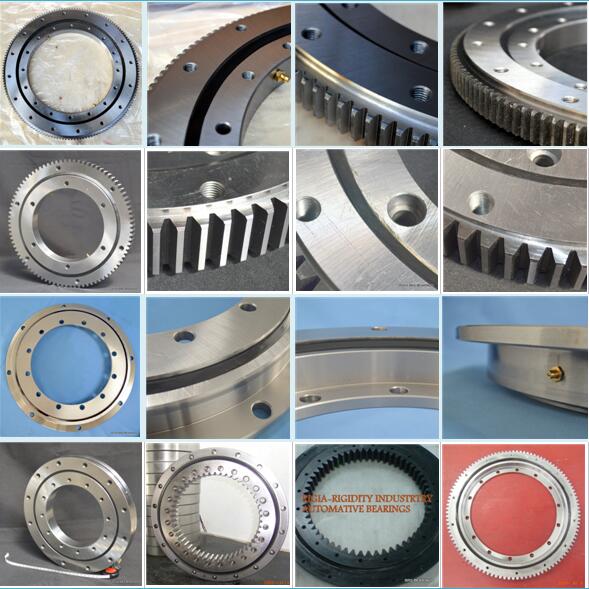5G and Robots Applications
In the context of the Sino-US trade war, 5G has entered the domestic field in advance. 5G mobile phones have also been launched, and the service packages of the four major operators are about to be released soon. 5G life has already begun, what will it bring to the robots industry?
Compared with the currently used 4G communication technology, 5G internet speed is improved several hundred times. It can provide 1Gb/sec user experience rate and 10Gb/s peak rate; in terms of network delay, 5G can provide users with millisecond level end-to-end delay. Besides, 5G supports a million-level terminal connection per square kilometer, and the capacity is 1000 times larger.

Three main application scenarios for 5G:
One is large bandwidth, which can provide faster transmission speed for more users in densely populated areas. Support high-definition video and virtual reality technology for virtual media applications, and drive consumption upgrades.
The second is low-latency, high-reliability communication. Mainly contributed to industrial internet, intelligent manufacturing, autonomous driving, smart energy, etc. Supporting the transformation and upgrading of the manufacturing industry.
The third is massive IoT communication, mainly for the intelligent Internet, environmental monitoring, intelligent agriculture, forest fire prevention and other areas related with sensing, data acquisition and real-time analysis, to improve social management efficiency and enhance security protection.
5G and Robots
5G technology meets the needs of traditional manufacturing enterprises for wireless networks, and the needs of robot interconnection and remote interactive applications during production. 5G can make production more flat, customized and intelligent. It plays an important supporting role in robot application scenarios such as industrial control, logistics tracking, industrial AR, and flexible production.
1. Industrial Control
It is the most basic application of robots in manufacturing plants, and the core is closed-loop control systems. 5G provides a very low-end, high-reliability, massively connected network, making closed-loop control applications possible via wireless network connections. The millisecond low latency technology will enable unprecedented interaction and coordination between robots and robots and various production equipment, providing precise and efficient industrial control.
2. Logistics Tracking
Relying on robots to realize unmanned distribution from warehouse management to logistics, the connection technologies need to cover a wide range, takes low-power, and has low cost , 5G has these characteristics.
3. Industrial AR
The intelligent factory that uses a large number of robots has a high degree of flexibility and versatility. To quickly meet the needs of new tasks and production activities, industrial AR can be used for global video monitoring of production workshops and full process tracking of products.
4. Flexible Production
In the intelligent manufacturing production scenario, robots need self-organizing and synergistic ability to meet flexible production, which brings the demand for cloudization of robots. The powerful network capabilities of 5G networks can greatly meet the challenges of cloud robots for latency and reliability, providing manufacturing services covering the supply chain, production floor and product lifecycle.
Bearing manufacturing will be transformed and upgraded too, the production flexibility can be improved and QC progress will be optimized. A lot of bearing products like crossed roller bearing, harmonic reducer bearings for robots will become more and more popular.

